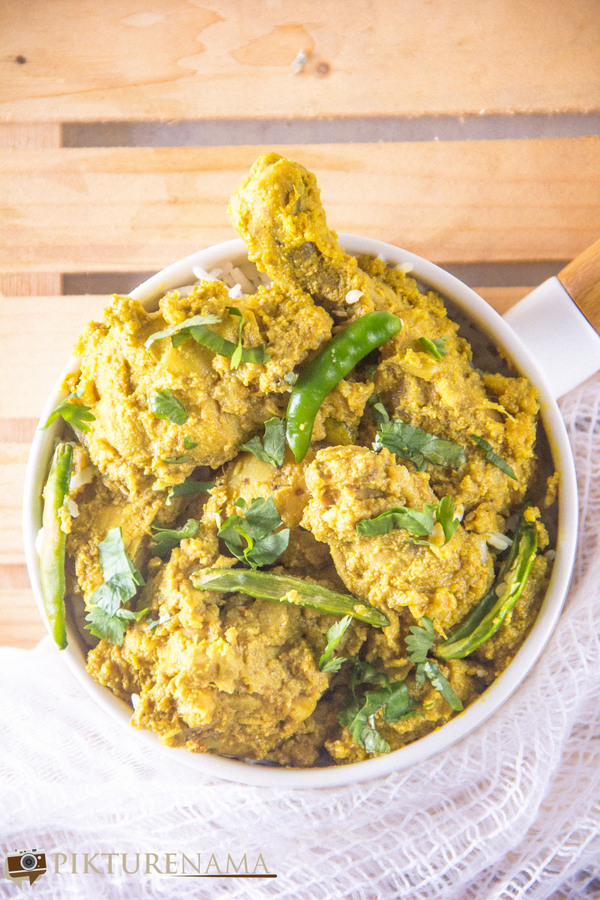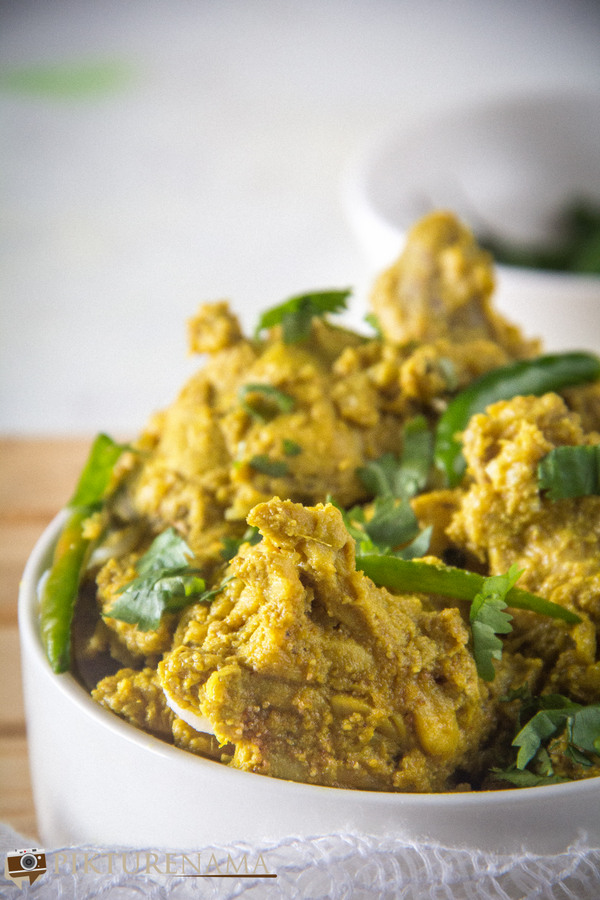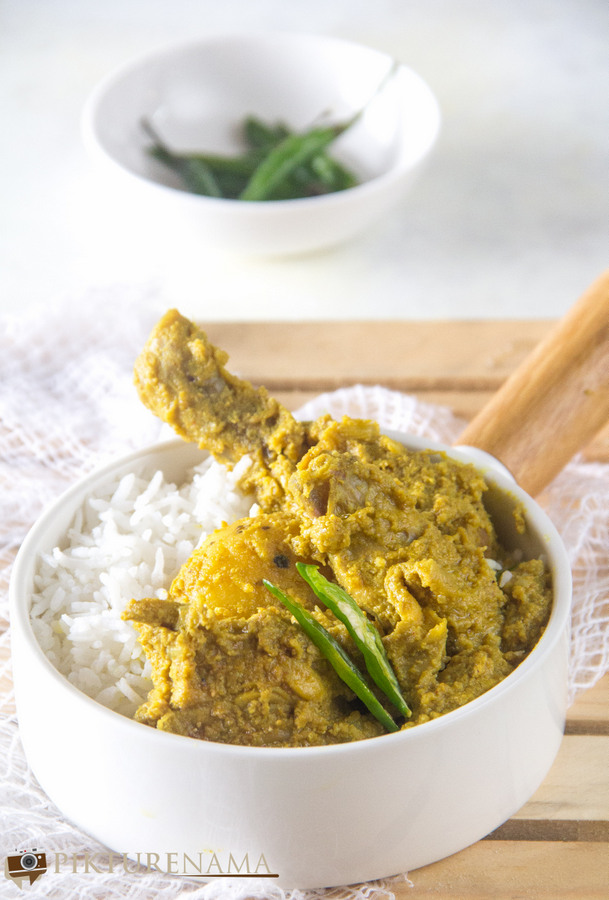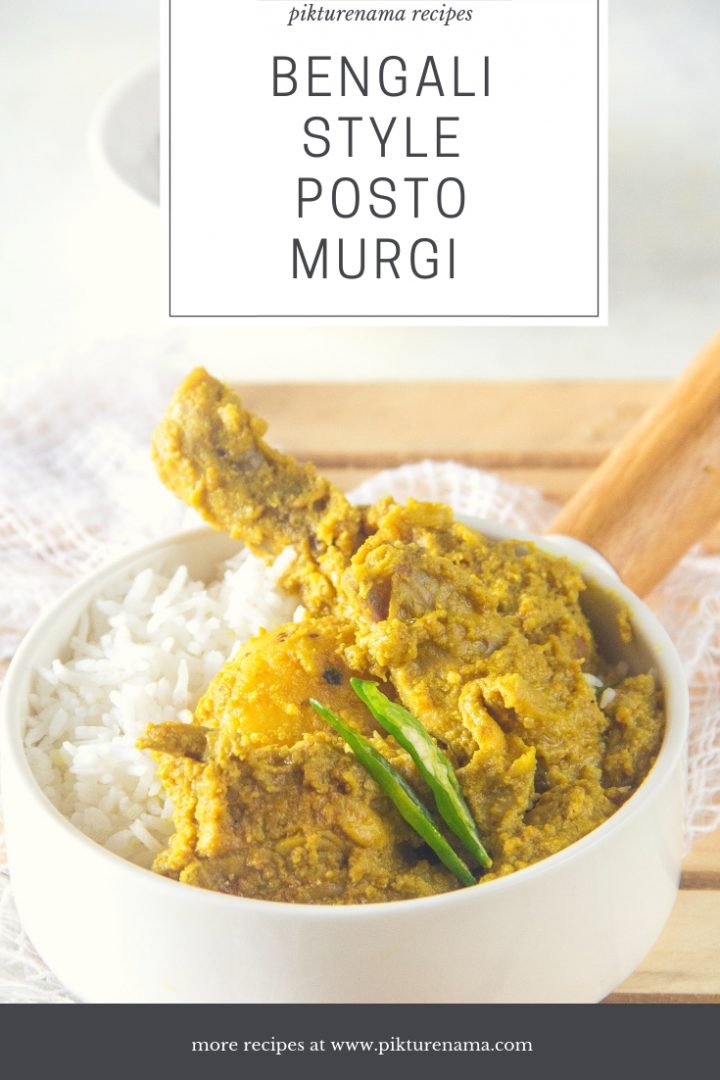It is for the first time a recipe headline goes like this – A SEO friendly headline and why not. In my last post, I had written about how often the recipe writers are being looked down with a perception that writing a recipe is easier than writing an essay on cow. I did a crude translation of what my Bengali friends would know as ‘Gorur Rochona’.
When it comes to recipe blogging, most of the time, there are two schools of thought. Ones, who would not dwelve much into the dish, personal memory or seem to have an acute shortage of time and words and jump straight to the recipe. Then there are others, who will say a lot with a belief that anything less than 500 words in a blogpost, is not even worth hitting the publish button. Both are important and indispensable and peacefully co exists in food blogging.
Two aspects come into play in a recipe blogpost – the food and the story and it gets even better, if you interweave the story and the food together. For the last 4 years that Madhushree and me have been uploading the recipes in the blog, it has been personal stories (stories from Chandannagore my hometown, Madhushree’s family, Tugga our son, missing Baba, Summer and winter stories from our childhood etc ). If this looked or sounded decent, I have also brought in reference of my tennis, my love for cricket, Hindi film music, travel and so on. Why a story is important? In my opinion, the blog is an extenstion of one’s personality and stories give the character and voice to the blog. Afterall, who doesn’t love reading stories? There is also a risk associated with it. It has happened to me that some of the time, the story has been so compelling that it has overshadowed the recipe itself.
There are times when a mention about the food history and the origin makes the writing vajandar (remember Sharabi where Om Prakash always insisted how Amitabh’s sher needs to become vajandar) but even if you don’t do that, mentioning about ingredients, hat tips, traditional and variations of the dish possible (mainly for non veg / regional cuisines where the certain ingredients may be unavailable) makes it a useful read.
Are you goin to tell how to cook Posto Murgi ?
Till now, in this blogpost I have not walked the talk at all. How come all this is related to Posto Murgi? There is no story on Posto Murgi, no cooking technique, no unique ingredients; so how can this be recipe writing? Confession – I was clueless when I started writing this post on Posto Murgi and then, all these thoughts flooded my mind. The Golden rule is one cannot dissociate a personal blog from your own personality. Otherwise, it would have been easier for me to write about a soulless 100 words but then what’s the fun?
So here goes Posto Murgi details – As a proud carnivorous tribe, we Bengalis often underplay when it comes to chicken? Mutton (Limited – name me top 5 Bengali mangsho dish) and fish seems to rule the turf and a majority of our previous generation did not prefer eating chicken. I called up ever helpful Chef Bhaskar Dasgupta of Sonar Tori Salt Lake, as that’s the place where we first had Posto Murgi. As per him, this is an improvised dish from alu posto the famous/ popular dish from Bardhaman and Birbhum area. They add chopped tomatoes and since it’s called Posto Murgi, so posto dominates the chicken. Posto or the poppy seed is key here and it’s roasted and then made a paste without adding water. Madhushree made this in her own style –
My take on Posto Murgi – Most often, we prefer Chicken with rice. This may not click there as much as it has a thick poppy seed paste gravy but let’s see if it picks up on the popularity charts in the coming days.
SEO is a necessary evil and self doubt is even a bigger evil. Often, I have wondered whether anyone reads these details or not and this is a test if you have read the entire post. Please comment on this post and if for any technical reason you cannot, then please let me know.
Add this recipe to Yummly ? – Yum
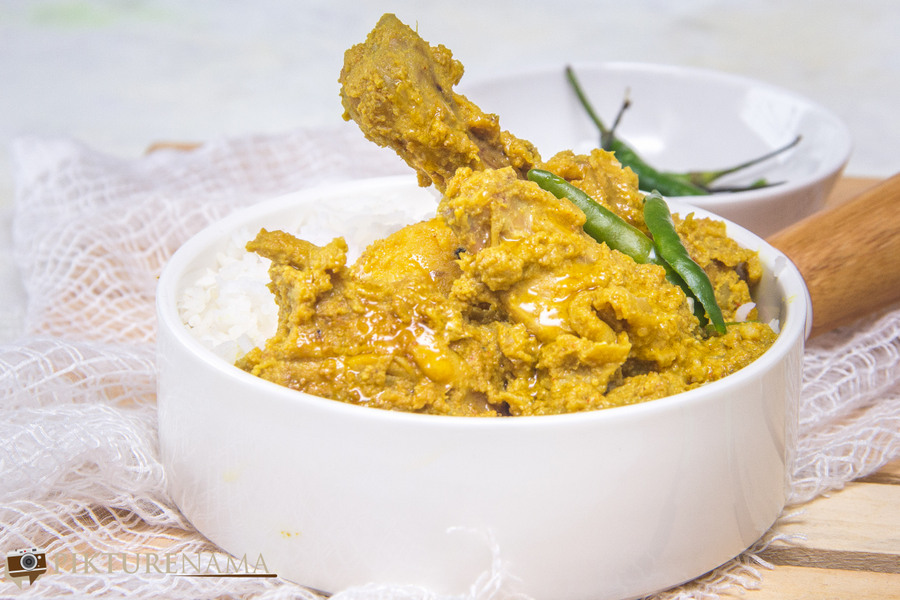
Posto Murgi
Ingredients
For Marination
- 1 kg Chicken curry cut
- 2 tbsp Garlic Paste
- 1 1/2 tbsp Ginger Paste
- 1 no Medium Sized Onion
- 1 1/2 tsp Turmeric Powder
- 1/2 tsp Red Chili Powder
- 1 tbsp Mustard Oil
- 3 tbsp Yogurt
- salt as required
For cooking
- 3 nos green cardamom
- 4 nos cloves
- 1 inch cinnamon
- 4 nos green chillies
- 2 tbsp Mustard Oil
- 1 no large onion
- 3/4 cup poppy seed paste
- 1 tbsp poppy seed
- 3 nos medium sized potatoes
- 1 tsp Sugar
- 1 tbsp cashew paste
- salt as required
Instructions
- Wash the chicken and pat it dry. The chicken should be cut into medium size or what we know as curry cut.
- Make a paste of the medium sized onion and marinate the chicken with the ingredients mentioned for at least an hour.
- While the chicken is marinating, peel the potato skins, wash them and cut them into medium sized cubes. Finely slice one large onion.
- In a wok or a frying pan, heat 2 tbsp of mustard oil. Add green cardamom, cloves, cinnamon and a couple of green chilies. As they start to splutter, add the sliced onions.
- Fry the onions over medium heat till they have become golden and then add the marinated chicken pieces. Over high heat, stir the chicken for a couple of minutes. Take half a cup of water in the bowl where the chicken was marinated and pour in that water to the frying pan too.
- Add the potatoes and continue frying.
- Then reduce the temperature and cover and cook for the next ten minutes. After that remove the cover and you will notice that the chicken has released water. At this point, again increase the temperature and stir and cook the chicken.
- Twenty minutes into the cook time, add the cashew paste and the poppy seed paste. Incorporate them thoroughly into the chicken. Add ½ a cup of water if required. Cover and cook for another ten minutes.
- Finally add some dry roasted poppy seed to give the grainy texture and a tsp of sugar. Check the salt and add more if required.
- Add 2 split green chilies. Add more if you like the extra heat. The chicken and the potatoes should be cooked by now.
- Serve posto murgi with steamed rice or luchi or parantha, whatever you prefer.

